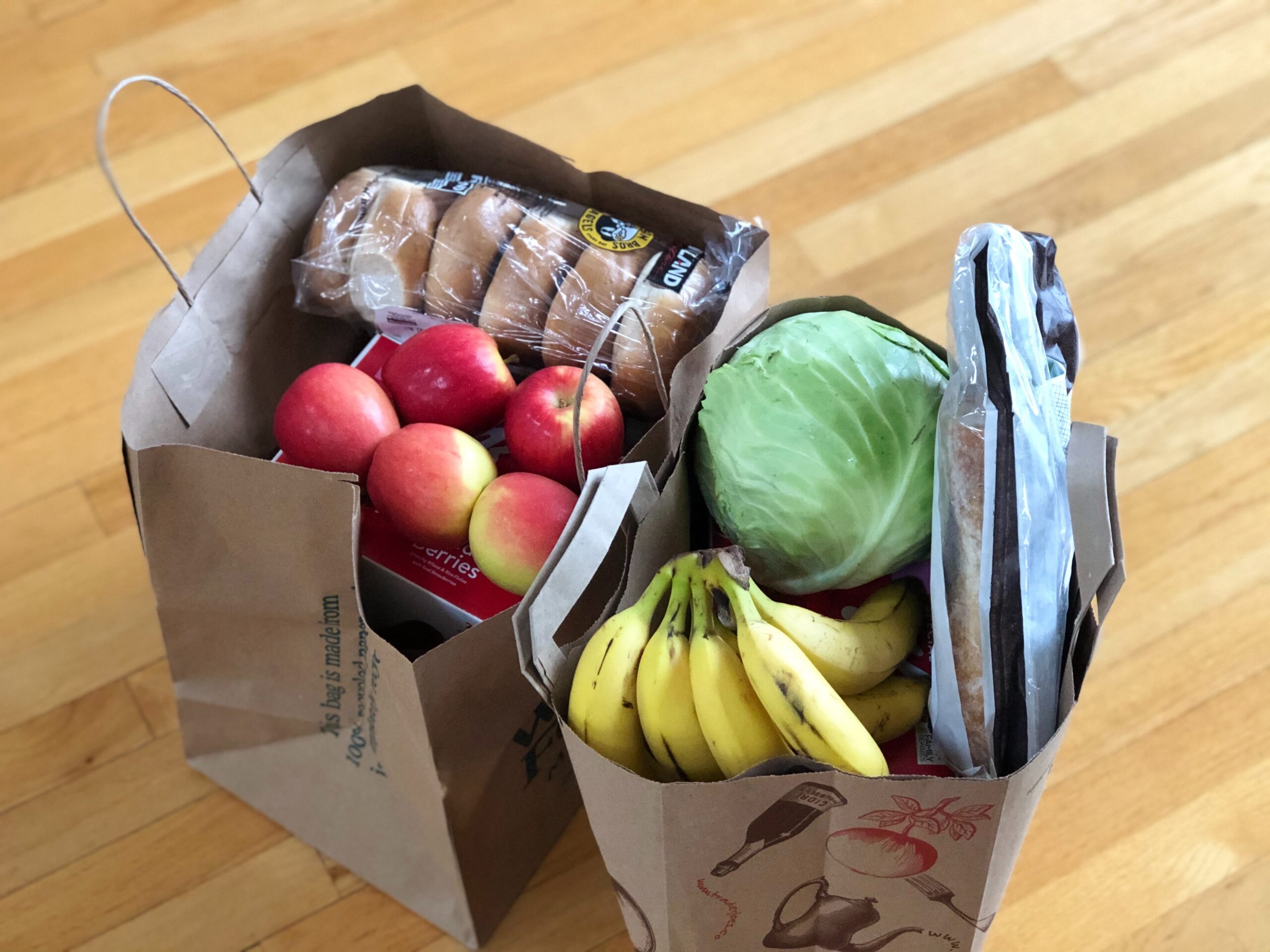The Covid-19 pandemic has been a major catalyst in the surge of technological innovations and adoptions worldwide. Some would refer to this moment as the “tech-celeration” moment that has leapfrogged digital innovations. Some sources would argue that 5 years’ worth of technological advances were adopted in just 5 months.
Taking a closer look at the Kenyan market, adoption of digital trends have been accelerated following the onset of the government imposed movement restrictions and lockdowns in 2020 at the peak of the pandemic. A new customer segment of e-commerce non-consumers were eventually drowned into the online food and grocery delivery solutions by circumstances; rather than by choice.
Status quo & skepticism on online shopping
Before the pandemic, eating out was the norm. Consumers wanted to have their meals in the restaurants for a holistic experience. It was not all about the food, but also about the ambience and networking. People went to open-air markets and mass grocery retailers (MGRs) such as Carrefour and Naivas to do their grocery shopping. Online grocery shopping was a small market segment reserved for the early adopters in urban areas.
From the supply side, MGRs and restaurants were also skeptical about online shopping; since they preferred their customers to walk into their stores in order for them to upsell their products and services as the customers window shop. However, the Covid-19 movement restrictions and lockdowns forced most of them to re-evaluate their business models and value propositions to their target customers.
Let us order in!
From 2020, the food delivery sector has witnessed robust growth in the Kenyan market. Consumers started to question their old habits. Those that would not buy ready-made food sought alternatives and found an array of grocery delivery service providers.
Suddenly MGRs and restaurants witnessed a fall in traffic to their stores and they too, rethought their value offering. The retailers’ in-store business model was challenged and trade-offs had to be made to stay afloat.
This shift led to grocery shops and restaurants partnering with delivery platforms to be able to address the stay-at-home market segment. In April 2020, Twiga Foods and Naivas partnered with Jumia Food to be able to leverage their last-mile distribution to their customers. Jumia Food currently has about 1,000 restaurants signed up. Carrefour another MGR also partnered with Glovo in the same year for home deliveries of their online orders.
Key drivers for the spike in online shopping adoption on the demand side were the convenience and safety offerings by the solution. Customers could now order from the comfort of their homes, while at the same time being able to enjoy a vast pool of product comparisons, assortment of products and personalized promotions. With vendors offering a full portfolio of e-commerce solutions such as same-day delivery, two-hour delivery and buy and collect, consumer choice was enhanced; and this endeared more customers to adopt online shopping.
Hot buttons of the food and grocery delivery services
To improve online ordering going forward, delivery platforms and MGRs need to address the following pain points in order to appeal to a broader customer segment:
- Reduce bottlenecks on orders: There exists a number of bottlenecks in delivery platforms such as minimum order quantity (MOQ). This might not be evident at first glance. However, at checkout, these platforms slap customers with a fee just to bring your order to a preset threshold of an MOQ. This leads to many shoppers leaving their baskets unchecked.
- Another hurdle that needs to be addressed is the uncertainty regarding the quality and freshness of the products. MGRs need to guarantee these key factors for one to be confident to order the products without feeling the need to go to the store to inspect them before purchase.
- Improve awareness of the availability of the online ordering solutions. It is quite difficult to use a service that you are not aware exists in the first place. Also, customers need to be presented with options so that they are not limited in any way just because they decided to shop online.
- Restaurants need to find creative ways to improve their already tight profit margins of 7% – 22%; while still maintaining price competitiveness. Unlike their previous business model, restaurants need to account for the commission delivery partners charge as well as the cost of packaging. A viable solution to address this challenge would be to have dark kitchens. Dark kitchens are able to price themselves competitively as they do not incur the extra rent for the customers’ sitting areas. These dark kitchens are to be placed strategically close to customers so that delivery cost is further slashed to the minimum.
A look into the horizon: How in-stores can marry the online & offline sales
In this new digital landscape, MGRs need to be deliberate in the following areas so as to remain competitive even in the post COVID era.
- MGRs need to invest in data collection infrastructure. This will enhance their capacity to leverage data analytics and understand the behavior of their online shoppers. Through the insights drawn from big data analytics, MGRs will then be able to figure out which online promotions are most effective across different customer segments.
- With the growing volumes of online orders, MGRs need to leverage the use of e-merchandising levers. These levers include but are not limited to product recommendations and personalized promotions. Upon leveraging the data collected and predictive machine learning models, MGRs shall be able to build custom baskets for their customers and target them for purchase.
- Finally, the provision of grab-and-go options is a great way to merge the existing brick-and-motor stores and the established online presence for MGRs. This feature helps save time for customers, especially during on-peak hours; while reducing the delivery cost for the MGR.
Author: Dickson Ndoro


